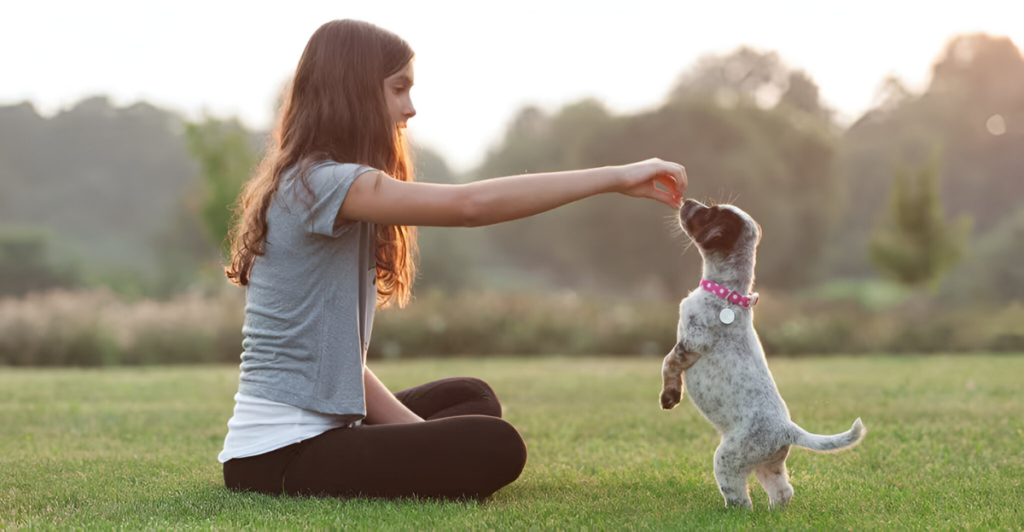
Training a puppy is a journey that requires patience, consistency, and an understanding of developmental stages. Implementing a structured training schedule tailored to your puppy’s age ensures they acquire essential skills and behaviors at the appropriate times. This approach fosters obedience and strengthens the bond between you and your pet. Early training focuses on socialization and basic commands, while later stages introduce more complex tasks and reinforce previous lessons. By aligning training methods with your puppy’s growth and cognitive abilities, you set the foundation for a well-adjusted and well-behaved adult dog.
Weeks 8-10: Socialization and Basic Commands

Puppies are highly impressionable between 8 to 10 weeks, making it an ideal time to introduce them to various environments, people, and other animals. This period, the critical socialization window, shapes their future interactions and temperament. Begin with basic commands like “sit,” “stay,” and “come,” using positive reinforcement techniques such as treats and praise. Short, engaging training sessions help maintain their attention and prevent fatigue. Additionally, gentle handling of their paws, ears, and mouth accustoms them to human touch, facilitating future grooming and veterinary visits. Ensuring these experiences are positive helps prevent fearfulness and aggression later in life.
Weeks 11-13: Introducing Leash Training and Housebreaking
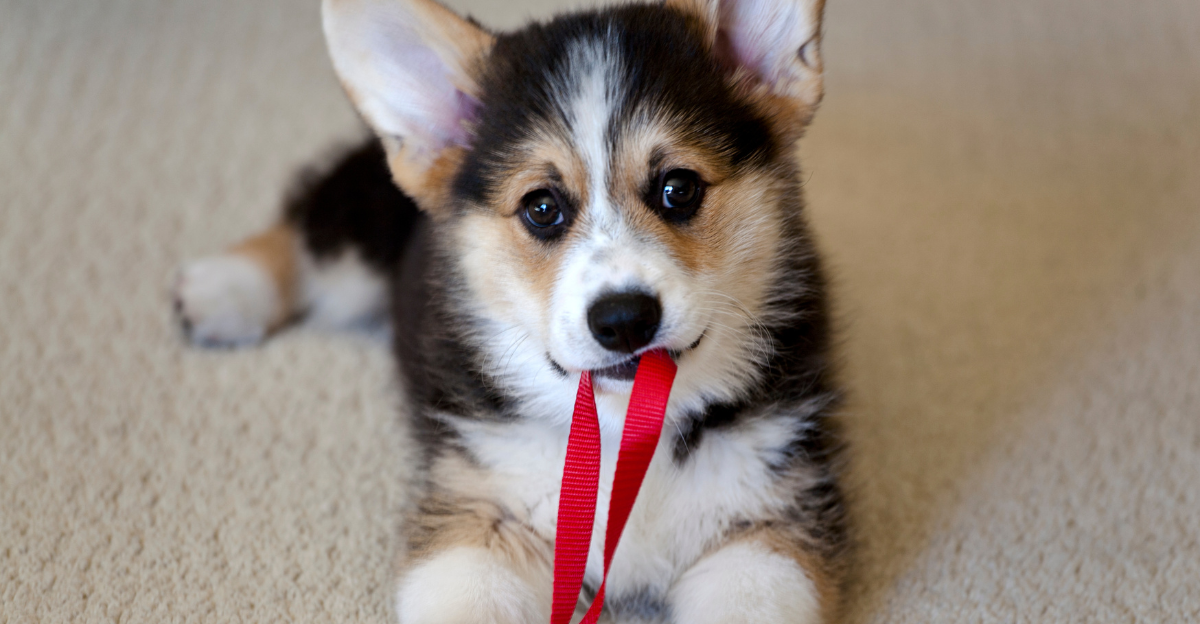
As puppies reach 11 to 13 weeks, they become more curious and energetic. This is an opportune time to introduce leash training, teaching them to walk beside you without pulling. Start indoors or in a secure area, allowing them to get accustomed to the leash and collar. Consistent housebreaking routines are crucial during this stage. Take your puppy outside frequently, especially after meals and naps, to establish a regular bathroom schedule. Reward successful eliminations outdoors to reinforce the behavior. Patience and consistency are key, as accidents are part of learning.
Weeks 14-16: Preventing Undesirable Behaviors
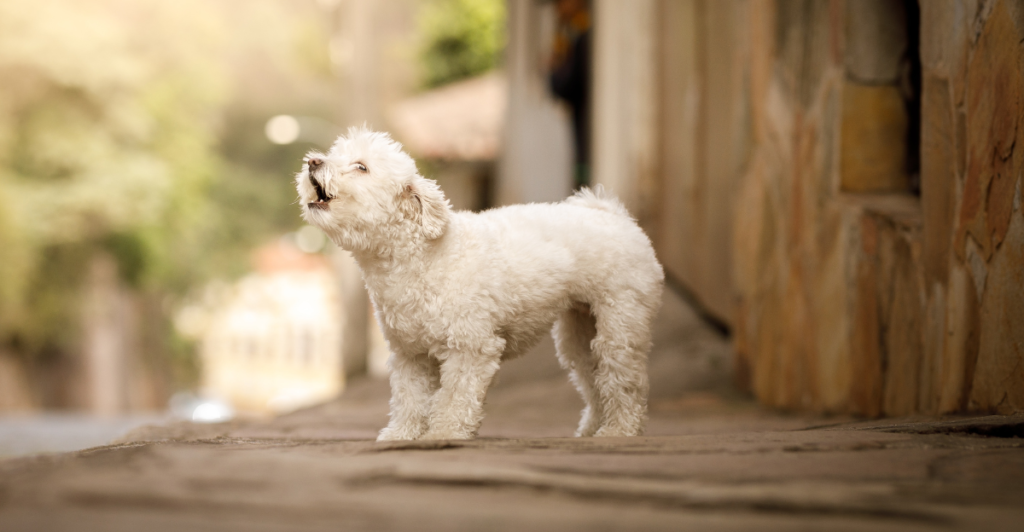
Between 14 and 16 weeks, puppies may begin to test boundaries, necessitating the discouragement of undesirable behaviors such as biting and excessive barking. When biting occurs, respond with a firm “no” and redirect their attention to appropriate chew toys. This teaches them what is acceptable to bite. For excessive barking, identify and address the underlying cause: boredom, fear, or attention-seeking. Providing adequate mental and physical stimulation can mitigate these behaviors. Consistency in responses helps puppies understand which behaviors are unacceptable.
Months 4-6: Advanced Commands and Increased Socialization
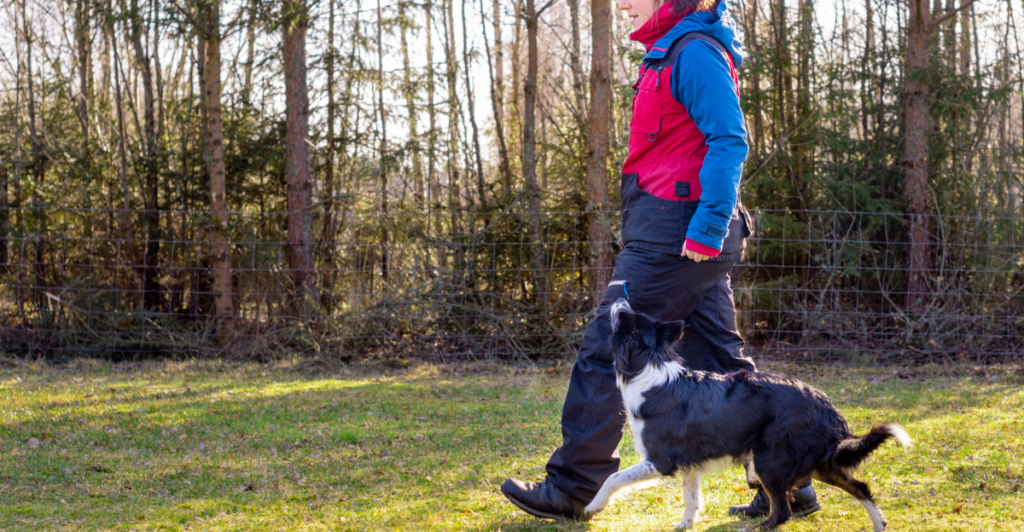
During months 4 to 6, puppies are ready to learn more advanced commands like “leave it,” “drop it,” and “heel.” These commands enhance their safety and improve impulse control. Enroll your puppy in obedience classes to provide structured learning and further socialization opportunities. Exposure to different environments, sounds, and situations continues to be necessary, helping them become well-rounded adults. Positive reinforcement remains the most effective training method, rewarding desired behaviors.
Months 7-9: Reinforcing Training Amidst Adolescence
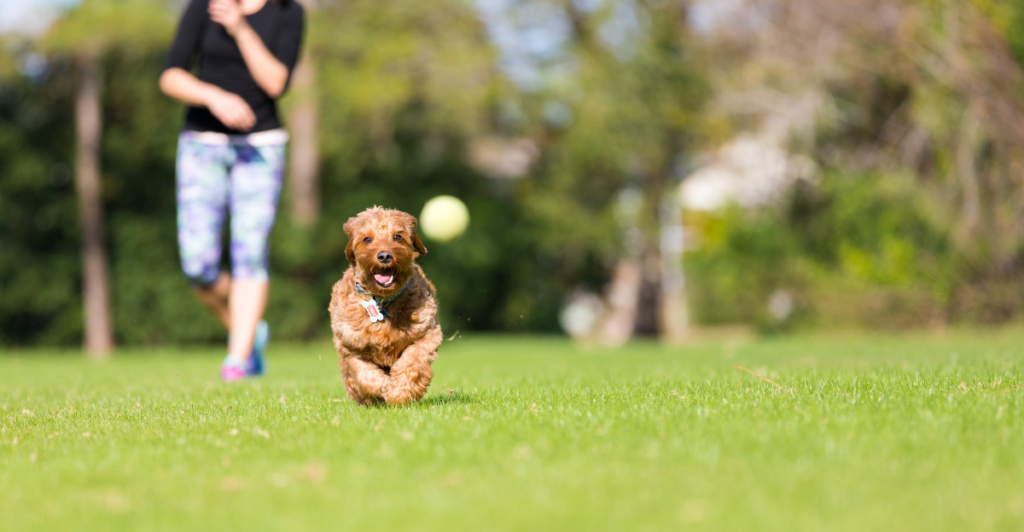
As puppies enter adolescence, around 7 to 9 months, they may exhibit increased independence and occasionally challenge established rules. It’s essential to reinforce previous training consistently during this period. Continue practicing commands in various settings to ensure reliability. Regular exercise is vital to channel their energy positively and prevent the development of unwanted behaviors due to boredom or excess energy. Activities like fetch, agility exercises, and interactive games can be beneficial.
Months 10-12: Fine-Tuning Skills and Behavior
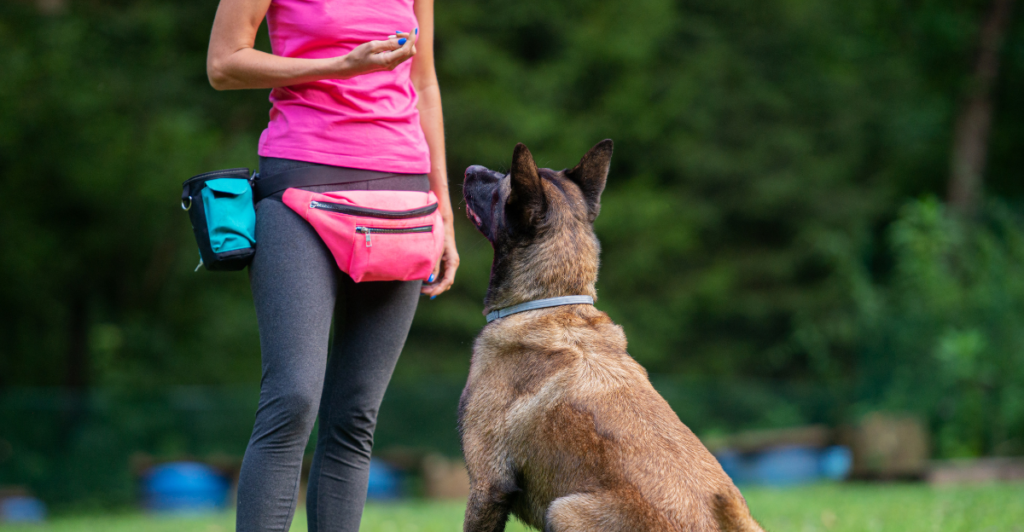
Between 10 to 12 months, focus on fine-tuning your dog’s skills and addressing any lingering behavioral issues. Consistency in training and maintaining established routines help solidify good habits. Introduce new challenges and environments to continue their mental stimulation. This stage is crucial for reinforcing your role as a leader and ensuring your dog responds reliably to commands amidst distractions.
Beyond 1 Year: Ongoing Training and Enrichment
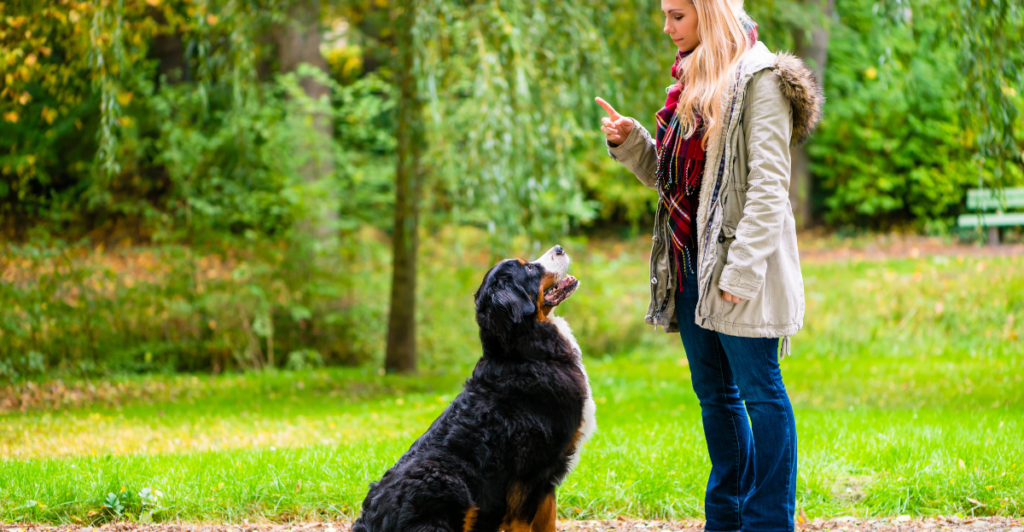
Training doesn’t conclude after the first year; it’s an ongoing process throughout your dog’s life. Continuing to teach new tricks, participating in dog sports, or engaging in advanced obedience classes keeps your dog’s mind active and strengthens your bond. Regular mental and physical stimulation prevents boredom and associated behavioral issues. Remember, a well-trained dog is a joy to be around and a safer and happier companion.
The Role of Positive Reinforcement in Training
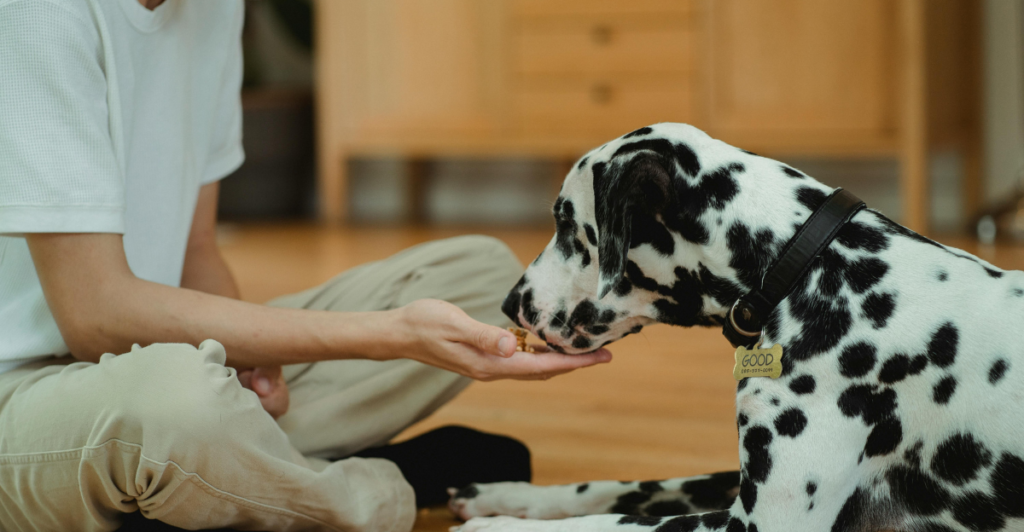
Positive reinforcement involves rewarding desired behaviors to increase the likelihood of their recurrence. This method is effective in dog training, fostering a trusting relationship between the dog and owner. Rewards can include treats, praise, or playtime. Consistency in delivering rewards immediately after the desired behavior helps the dog connect the action and the positive outcome.
Building a Lifelong Bond Through Training
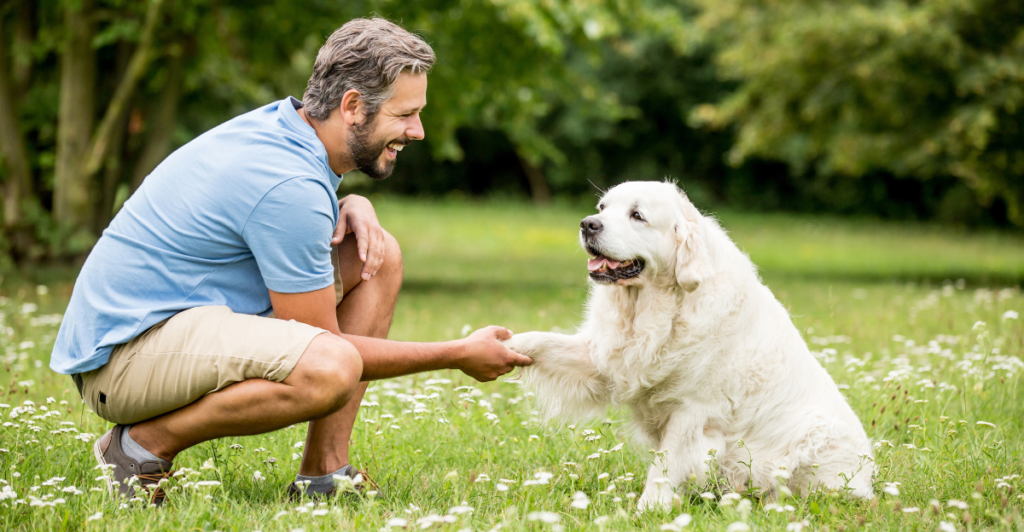
An age-appropriate training schedule is fundamental in raising a well-behaved and balanced dog. Understanding and catering to your puppy’s developmental needs at each stage ensures effective learning and fosters a strong, trusting relationship. Patience, consistency, and positive reinforcement are key components in this journey. Investing time and effort into proper training lays the groundwork for a fulfilling companionship that lasts a lifetime.
Explore more of our trending stories and hit Follow to keep them coming to your feed!

Don’t miss out on more stories like this! Hit the Follow button at the top of this article to stay updated with the latest news. Share your thoughts in the comments—we’d love to hear from you!







